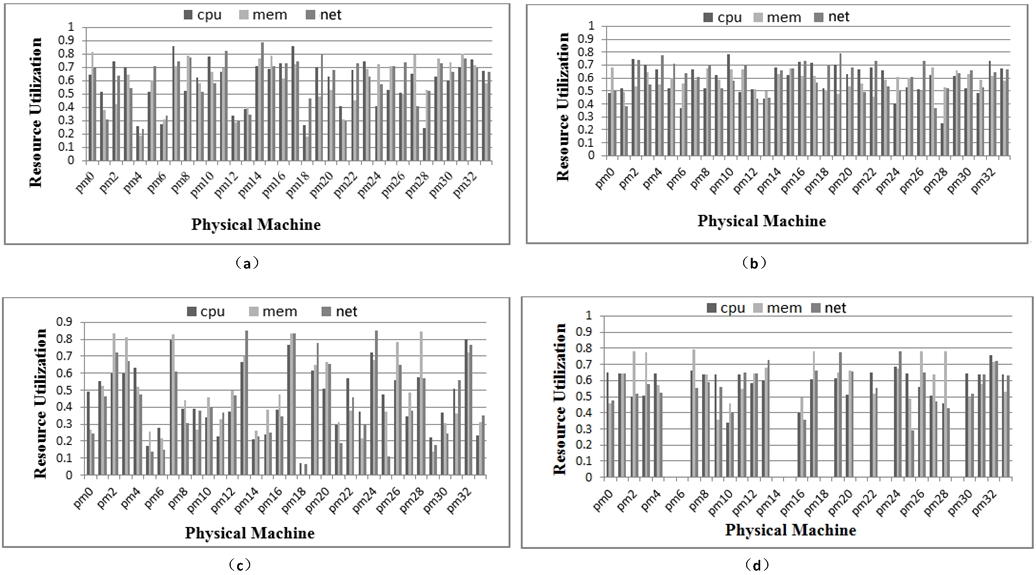

Dynamic Resource Scheduling Framework of Datacenter
Dynamic Resource Scheduling Framework of Datacenter
Motivation
The biggest advantage of employing virtualization in cloud is the ability to provision resource flexibly which makes “pay-as-use” model possible. However, since the workload of virtual machine constantly changes, it is still a challenge that efficiently schedule resource by migrating virtual machines among lots of hosts, especially with multi-objective to meet, like power and QoS constraints. In this research, we present a dynamic resource scheduling solution, which can well determines when to schedule, which to schedule, and where to schedule. It is an integrated framework that aims to deal well with hotspot mitigation, load balancing and server consolidation which are classic problems to solve in on-demand clouds. The experimental results show that our framework strikes a balance between efficiency, overhead and instantaneity.
How to deal well with hotspot mitigation, load balancing and server consolidation in a datacenter?
when to schedule
which to schedule
where to schedule
System Architecture

When to schedule
Single Exponential Smoothing (SES) prediction algorithm :

Forecast value is a weighted sum of all the previous real observational values. In addition, to avoid some incorrect information in the monitoring data, we define a deviation variable:

SES makes use of all the historical data, so it has more stability and regularity.
Which to schedule
We employ a more holistic approach that cpu utilization, memory usage and net bandwidth usage are all considered before selecting the candidate VM. We define a model to balance these factors:

Score is the harmonic mean of workload and cost, it would be arranged in descending order, our framework will choose the one with the highest score value as the migrated VM.
Where to schedule
The difference between VM placement and Bin Packing problem :

Vector Projection algorithm :

Algorithm getMigrated_VM(goal) get the VM which should be migrated away firstly depends on the three different goals described in Motivation section. Then we pass this VM as a parameter to algorithm getTarget_PM (VM). This algorithm firstly generates a potentialPMlist by adding those PMs whose RCV locates in the same triangle with the VM’s RRV. At last , it chooses the most appropriate PM in the potentialPMlist whose RIV is of the same magnitude as the VM’s RIV and is in the opposite direction.
Experiment Result
It is clear that the load of system is imbalanced and the resource utilization of several machines exceeds 0.8 before scheduling as shown in Fig. (a). While in Fig. (b), after scheduling, the load of system is more balanced and none of resource utilization exceeds the upper threshold. Similarly, in Fig. (c) we can see that the resource utilization of several machines is under 0.2 while in Fig. (d), these low utilization machines are taken offline and the others are load balancing.

Copyright Statement
This material is presented to ensure timely dissemination of scholarly and technical work. Copyright and all rights therein are retained by authors or by other copyright holders. All persons copying this information are expected to adhere to the terms and constraints invoked by each author's copyright. In most cases, these works may not be reposted without the explicit permission of the copyright holder.


